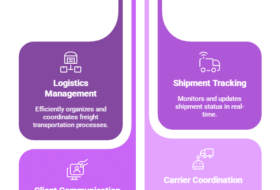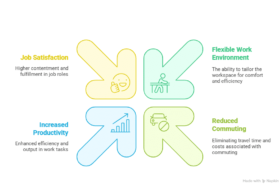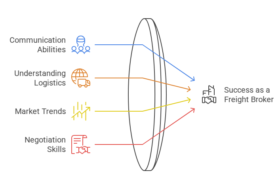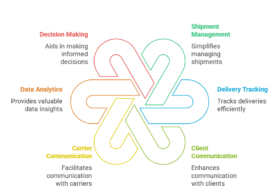Freightliner officials speaking at a recent press event to herald the arrival of the new Detroit DT12 transmission, admitted Class 8 order activity has slowed beyond expectations, but insisted they maintain an optimistic outlook for the remainder of the year.
Mark Lampert, senior vice-president, sales and marketing with Freightliner, said there is not one single issue driving the slowdown in the Class 8 truck market, but a combination of them. These include: slowing economic growth; declining consumption; slumping factory output; and a gloomy consumer base.
Despite all this, Lampert said the trucking industry remains fundamentally sound. He noted carriers have pushed forward rate increases for nine consecutive quarters in the US.
“It’s important they do that, because the cost to be compliant is not going to change,” he said, referring to impending GHG 2014-17 emissions standards and various safety technology mandates. “Those things aren’t free. Carriers are acting in concert as much as I’ve ever seen in pushing (rate increases) through.”
Lampert noted fleet utilization is down and finding drivers remains a struggle for the industry. However, he said a decent amount of freight is available in relation to the trucks that are available to handle it.
One reason fleets may not be rushing to their dealers to place substantial orders is that with the current soft demand, there’s really no reason to do so. Production has slowed to the point where a new tractor can be delivered within seven weeks from the time it’s ordered, Lampert noted.
“When you are getting a new truck in seven weeks, there’s no reason to forecast,” he said. “Fleets will wait and see. Vehicle availability is a non-issue; you don’t need to place an order early to make sure you get a build slot.”
New on-board diagnostic requirements on vehicles manufactured in 2013 may drive some demand in the fourth quarter of this year, Lampert suggested. And he also pointed out the average age of the Class 8 fleet remains old, which will require carriers to replace aging tractors with newer vehicles that provide greater fuel efficiency and lower maintenance costs.
How bad has the Class 8 market gotten in recent months? It’s all relative. Compared to 2009 and 2010, not bad at all, Lampert stressed.
“This is still a darn good marketplace if you consider where 2009 and 2010 was,” he said. “We’re optimistic and we firmly believe 2012 will be at a higher retail sales level than 2011…it’s not as strong as we forecast, but all in all it will be a pretty decent year. The fundamentals are still decent, freight is still being generated.”
The Classes 6-7 markets have remained steady and avoided the volatility of the Class 8 market. Lampert said medium-duty order intake has increased 2% year-to-date versus 2011 while Class 8 orders have fallen by 27%.
As far as future growth is concerned, Lampert said wherever he travels, customers want to talk about natural gas. He noted diesel is currently selling for $4.04 per gallon in the US while compressed natural gas (CNG) retails for $1.80 per gallon. At that current spread, a diesel truck averaging 6 mpg over 80,000 miles will require about $54,000 per year in fuel. A CNG truck averaging 5.4 mpg (natural gas falls short of diesel in energy density) over those same 80,000 miles will consume only $27,000 worth of fuel. That equates to an annual fuel savings of $27,000, delivering a payback in just 1.4 years even taking into account the $40,000 premium for the natural gas truck.
With fueling infrastructure improving and vast amounts of natural gas still untapped in North America, Lampert said the fuel is certainly viable for the industry and Freightliner looks to be a leader in this growing segment. Lampert said Daimler, through its now defunct Sterling truck line, has been building natural gas trucks since the mid-2000s. He said Freightliner is now the only conventional OEM to produce natural gas vehicles with full factory installation and warranty. Next year will see Freightliner offer the Cascadia in a natural gas configuration, powered by the soon-to-be released Cummins ISX 12 G engine.
Freightliner already has delivered more than 1,500 trucks with the 9-litre Cummins ISL G, Lampert noted. Most of these are in operation at West Coast ports. Lampert claimed Daimler currently holds 50% of the conventional truck natural gas market. As for the residual value of natural gas-powered trucks, Lampert said it’s too early to guess what the secondary market for those trucks will be.







